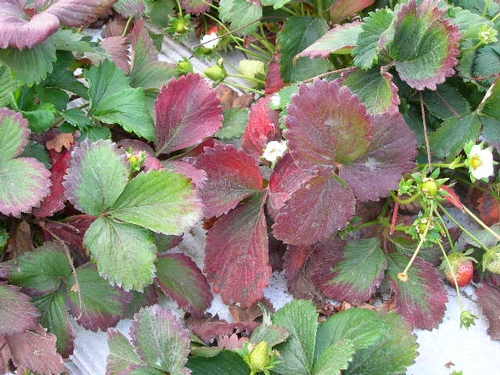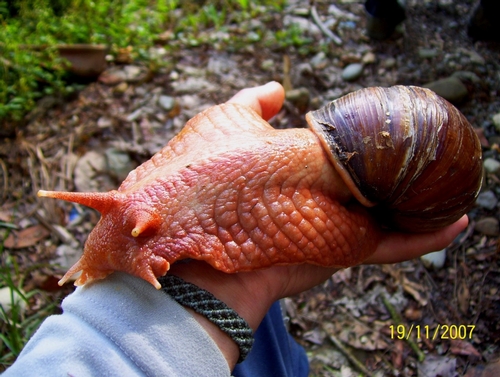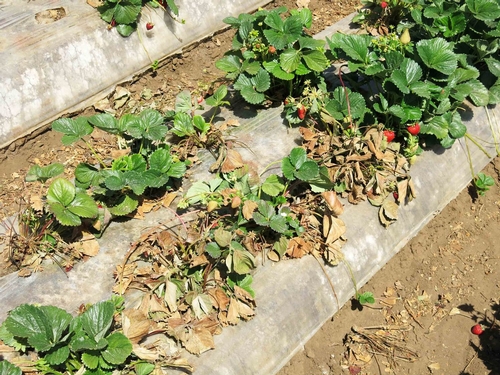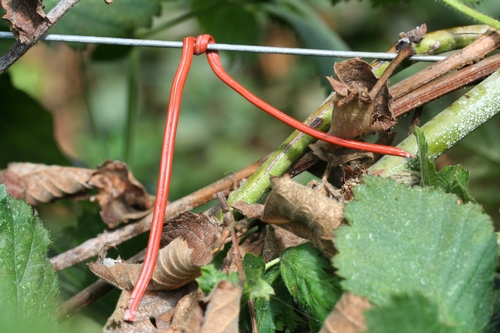Strawberries
A Primer on Nutrient Deficiency Symptoms and How to Address Them
Here is a really nice article from Robert Mikkelson with the International Plant Nutrition Institute (IPNI), great website overall actually.
The link below goes to the full article, but I'll capture a few highlights in a summary:
Plant nutrient deficiency symptoms appear when a nutrient is lacking, but this can have multiple causes. It can be because root activity is low because of soil saturation and low temperatures, or it can be poor uptake from disease or mechanically damaged roots. And of course low nutrient supplying power on the part of the soil can be part of the equation as well. The field practitioner needs to get the full picture.
Deficient plants do not initially show any signs of nutrient shortage other than growing slower and having an more uneven, lower yield. At the point that deficiency symptoms become visible, the crop is already severely stressed and although it's already quite late to do so, steps must be taken to correct the deficiency. This is an important point, and definitely part of the reason I constantly push for growers and agricultural professionals to be taking tissue samples at several points through the season to catch deficiencies and problems before they deal irreversible damage to the crop.
Speaking of those tissue samples, take tissue samples from healthy areas at the same time you take samples from the deficient areas (I take two of each at a minimum). That way you can compare the two areas and more easily identify what is deficient. It's also useful to take soil samples from those same healthy and deficient areas at the same time of tissue samples in order to get a fuller view of what is going on.
Here's the link, Dr. Mikkelson does a way better job of explaining this than I do:

Severely purpled leaves on Albion. What's the deal here?
Soil Disinfestation Update Meeting Announcement - August 19
The public is invited to join strawberry and caneberry growers to learn the latest news about Anaerobic Soil Disinfestation (ASD) on Tuesday, August 19, 8:15 am to 11:30 am at the Auditorium of Santa Cruz County Cooperative Extension (UCCE), 1432 Freedom Blvd, Watsonville, CA 95076. Spanish translation will be provided.
Watsonville firm Farm Fuel Inc. will present an educational program on the most recent science and application methods for ASD. Featured speakers are Farm Services Manager Jonathan Winslow, Farm Advisor, Strawberries & Caneberries Mark Bolda, and UCSC researchers Joji Murimoto and Dr. Carol Shennan, who will provide background on their ten years of ASD research. Grower Manuel Mercado, who hosted a large-scale demonstration site for the 2013 DPR-funded grant, will also provide insights from his experience.
See you there!
Shipment of Giant Land Snails Siezed at LAX
Lest we forget how valuable the customs procedures are at our ports of entry, look at this article from abc news:
http://abcnews.go.com/Weird/wireStory/giant-african-snails-seized-los-angeles-airport-24556879
These giant African land snails (article doesn't say, but very likely a species of the genus Achatina) are enormous, and can get up to 2 lbs in weight and according to the article are "seriously harmful" because they "eat any kind of crop they can get to". Good thing this shipment was stopped at the airport and came no further into our state, because quite frankly we aren't even close to having the tools to controlling these in an agricultural setting.

Giant African land snail. Imagine trying to manage something like this!
Survey of Research and Extension in Strawberry Soilborne Diseases
I'm asking you as my readers to participate in a survey concerning soilborne pathogens in strawberries and caneberries. There's a few questions about what your expectations are in managing these, as well as a number of questions concerning how and where you normally obtain information on these matters.
I've taken it already, and find it to be a well thought out survey which takes about 5 minutes to do. I'd really appreciate your participation if not only for the two reasons given below.
A few years someone was trumpeting a survey he was party to that determined that UC Cooperative Extension wasn't even in the top five sources of information for growers. That always struck me as pretty strange, because my colleagues and I spend a good part of every day answering agriculture questions, and our meetings usually have a lot of people attend. Our websites don't lack for traffic (I think the UC IPM website alone gets like one million views a month) and we do a brisk business out of our offices distributing pamphlets and selling publications. Something doesn't match up with what that survey from a few years ago said, and so hopefully the survey here will help clarify what is going on and give us an idea of where we can improve our services.
Second, because I'm welcomed on to most ranches (not all though), I think I have a pretty good feel for what is going on with berries on the Central Coast. Quite frankly from what I have seen with my colleagues (especially Steven Koike from the Monterey CE office) over the past two years on the advance of soil pathogens is concerning, and we aren't even completely post methyl bromide yet. And that's the other big part of the survey which explores what you think matters most in soilborne pest management and what you think the scientific community should be doing about it.
But if you don't do the survey, we aren't going to know very much more about either of these.
Here's the link:
http://ucanr.edu/sites/Strawberry_soil-borne_diseases/

Strawberries zapped by Fusarium in May, 2014. Photo courtesy Steven Koike, UCCE.
USDA Regulatory Program Still Active, Growers Be Alert for LBAM Larvae
Growers and agricultural professionals in the berry business are to be reminded that the USDA light brown apple moth (LBAM) regulatory program is still going strong. Additionally, LBAM is very much a presence here - I get calls about them, and have found some myself. Do not let one of these be cause for a business busting field closure!
Mating disruption twist ties absolutely should be in place now in caneberries (see below) and probably a very good idea in organic strawberries as well. Remember that the free distribution program is now over and the ties are obtainable from private vendors. Any leafrolls should be removed, and presence of a suspect LBAM larvae cause for making a decision about making an application to reduce their numbers.

Mating disruption twist tie in place.

